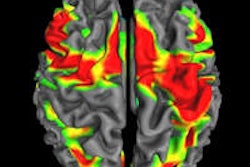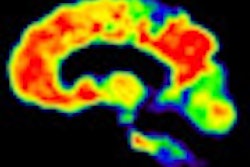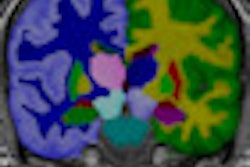Research on the imaging of beta-amyloid in the brain is among the featured topics at the World Congress of Neurology (WCN) 2013, being held this week in Vienna.
Dementia is among the major challenges facing neurology, particularly because the number of patients affected by these diseases is expected to increase dramatically due to demographic developments. According to the World Health Organization (WHO), 35.6 million people worldwide suffered from a form of dementia in 2010, and this number could triple by 2030, explained Dr. Werner Poewe, the co-chair of the Scientific Program Committee for WCN 2013 based at Innsbruck Medical University in Austria.
Deposits of beta-amyloid in the brain can be identified with MRI, and changes in metabolism in the cerebral cortex can be rendered visible using PET, while the measurement of Tau proteins and beta-amyloid in cerebrospinal fluid is further improving diagnosis, he explained.
At the congress, several groups are presenting findings on plasma biomarkers for the early diagnosis of the disease in symptom-free or early stage, as well as on biomarkers from cerebrospinal fluid for the diagnosis of Alzheimer's disease. Overall, dementia research is currently making advances especially in diagnostics, Poewe noted.
"As increasing numbers of biomarkers become known for the various forms of dementia, differential diagnosis of Alzheimer and other forms of dementia is approaching a situation where the time of diagnosis is in the early stage of the disease when cognitive impairments are still slight," he commented. "With Alzheimer's disease, numerous studies around the world currently focus on the role of the protein beta-amyloid in the genesis and development of the disease. Some of them are leading us in the direction of new therapies, for instance, a possible immunization against beta-amyloid (so-called Alzheimer vaccination)."



















